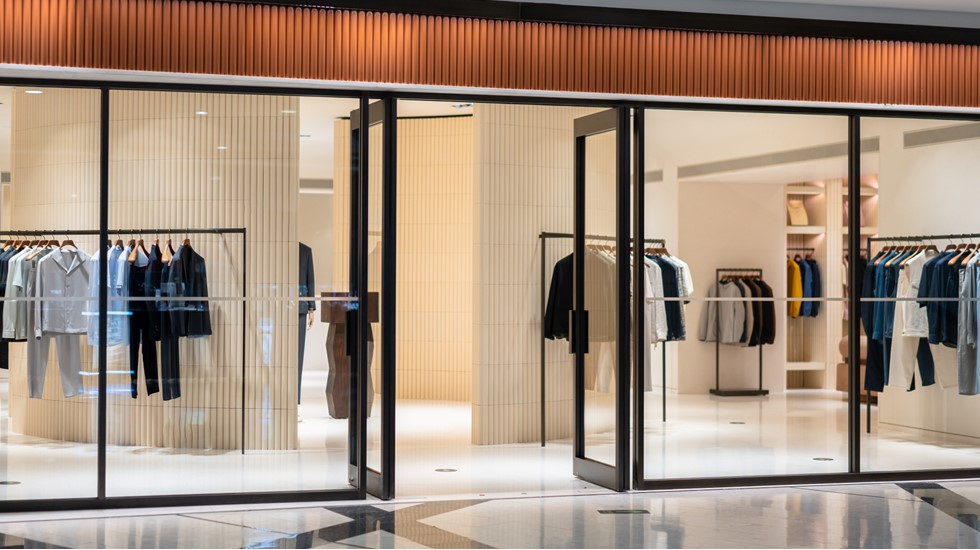Retail sales beat expectations
Sales rose even outside of autos.

September 16, 2025
August retail sales rose 0.6%, topping the consensus expectation of 0.2%. July retail sales were revised upward to show a gain of 0.6% from the originally reported 0.5%. Excluding autos, retail sales still rose 0.7%, which beat the consensus. Annual retail sales growth reached 5.0%, the fastest pace since December 2023.
Sales at motor vehicles and parts dealers rose 0.5% after jumping 1.7% in July, which is consistent with the strength in the unit sales data. Light vehicle sales came in at a 16.5 million annualized rate in August, down from 17 million in July.
Next year’s models are now landing on dealer lots, driving the price of new vehicles up 0.5% in August and 2.6% on the year. Now above $49,000, prices are nearing the psychological threshold of $50,000. Automakers continue to absorb some tariff costs, but dealer incentives diminished in August.
Fleet sales remained strong, up about 25% from this time last year. EV sales hit a record in August comprising about one-tenth of all vehicle sales. The end of the $7,500 EV tax credit on October 1 has been a major driver of sales.
Online sales rose 2% due to back-to-school shopping, grocery delivery and front-running ahead of price increases by retailers. Sporting goods sales increased 0.8%; apparel store sales increased 1%. Buying ahead of expected price increases due to changes in trade policy was likely a driver. Some foreign exporters have been lowering prices, especially in apparel and small appliances, in an effort to maintain market share. The upward revisions to July's retail sales were likely driven by special discount days by large online retailers.
Sales at restaurants and bars climbed 0.7% even as price increases for food away from home remain above long-run averages. Value menus at fast-food restaurants are partially counteracting price increases in full-service restaurants.
Sales at gasoline stations rose 0.5%, while gasoline prices jumped 1.9% in August. That indicates less travel as summer vacation season wound down.
General merchandise store sales edged down 0.1% while department store sales fell 0.8%. That followed July’s positive department store sales, which showed the first increase after four consecutive months of declines. Big-box retailers have gained foot traffic from cost-conscious shoppers at the expense of department stores. This pattern is likely to continue in the coming months.
Furniture store sales slipped 0.3% in August after gaining 1.6% in July; we saw a surge in the price of home furnishings in July. Miscellaneous store retailers, which include florists, office suppliers and used merchandisers, fell 1.1%.
Core retail sales, which exclude eating and drinking places, automobile dealers, gasoline stations and building materials stores, rose 0.7% in August, marking the fourth consecutive month of gains.
Consumer spending enthusiasm continues to surprise amid ongoing trade concerns and the softening labor market.

Benjamin Shoesmith
KPMG Senior Economist
Bottom Line
Consumer spending enthusiasm continues to surprise amid ongoing trade concerns and the softening labor market. Upward revisions to previous months are encouraging.
We expect the Federal Reserve to conduct three rate cuts this year, including at the September meeting later this week. It is possible there will be dissents on both sides of the decision.
Explore more

July retail sales extend June strength
Consumers spent with less confidence.

KPMG Economics
A source for unbiased economic intelligence to help improve strategic decision-making.

Birds of a feather no longer flock together
The Fed splits over timing & size of rate cuts.
Subscribe to insights from KPMG Economics
KPMG Economics distributes a wide selection of insight and analysis to help businesses make informed decisions.
Meet our team
